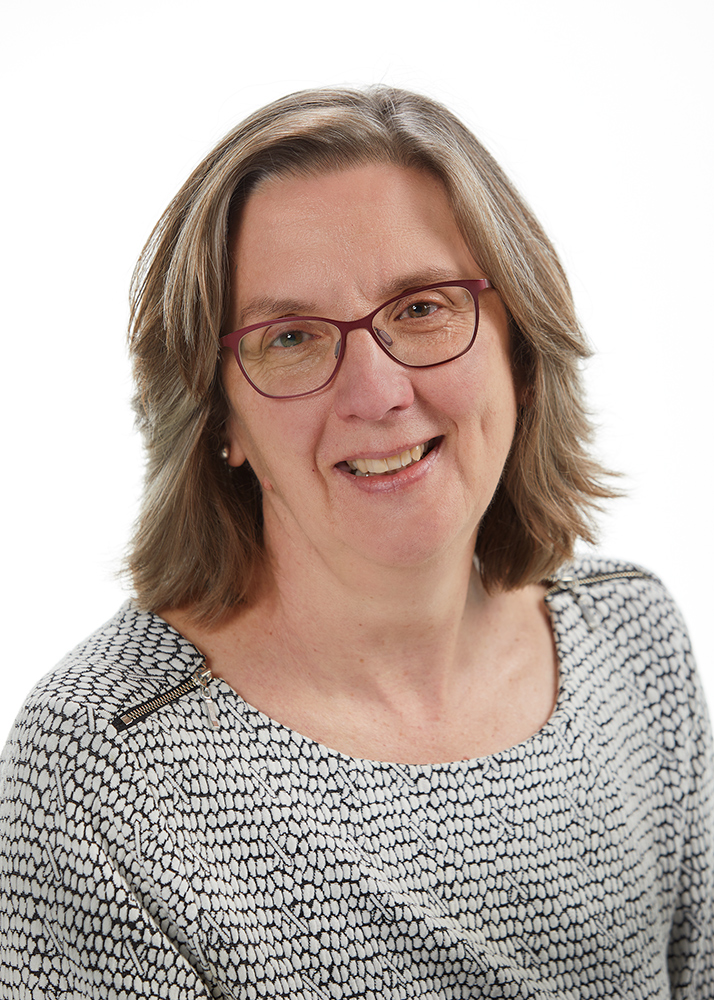True confessions: I recently played around with a popular weight-loss app, but I didn't bear up so well under feedback that I'll call—for lack of a better term—negative reinforcement.
Problem: Too many of my foods are in the red zone. Whole milk! Olive oil! A teeny tiny piece of chocolate! Since apparently my eating habits were such a mess, I figured there was no hope. Less than a week in, that app was history.
My experience reminds me of recent work on product design and payments inclusion. Could it be that my whole milk and chocolate are the equivalent in payments of anonymity and low cost? I want both my preferred foods and help to eat healthily. Many consumers, including unbanked consumers, also want two things: the features of cash (anonymity and low cost among them) and help to pay and budget using 21st-century tools.
Data from the Federal Deposit Insurance Corporation and the Survey and Diary of Consumer Payment Choice
(SDCPC) show that we are not there yet. Each data source finds low rates of adoption of P2P apps, among unbanked households for the FDIC and among unbanked individuals for SDCPC.
This finding is eerily familiar. In 10 years of investigating consumer payments, I've seen a lot of ideas for bringing everyone in the United States into the 21st-century payment system. Especially for US adults without bank accounts, various solutions with seemingly great potential come along and then are just okay. Mobile. Apps. Basic banking. Consumer education. No strikeouts, no home runs.
I'm sure you can think of lots of reasons for these just-okay results: cost (or perceived cost), inconvenient access without a bank account, lack of trust, low adoption rates of smartphones for some groups. But what about product design? One expert, speaking on a 2021 San Francisco Fed podcast episode, said that low-income people have been treated as "secondary users to products that were designed for other people in mind."
Today, with Real-Time Payments and the FedNow Service, we're on the cusp of a new opportunity to make payments accessible for all. The US Faster Payments Council is advising that products be designed not only to meet the needs of early adopters and existing customers but also to meet the financial lives of the underserved. In other words, treat underserved people as primary users with particular preferences and needs, just as you would treat early adopters and current account holders. For the underserved, faster payments providers should "design for people with tight budgets," include features to ease administrative tasks, and provide mobile-first access, among other recommendations.
Most importantly, providers should include the users in the design process. As a payments innovator said to me last year, "When it comes to product design, you can't assume you know what someone wants without doing the work." As I learned from the experts at ,Commonwealth
, which offers a toolkit
for inclusive product design: design with people, not for people.
What's your organization doing to make instant payments work for everyone? I'm looking for case studies on this topic. Please be in touch if I can learn from you.



